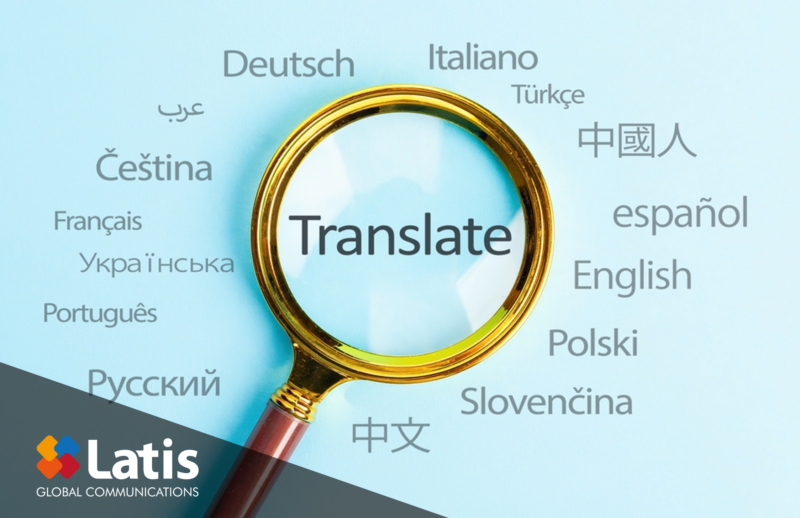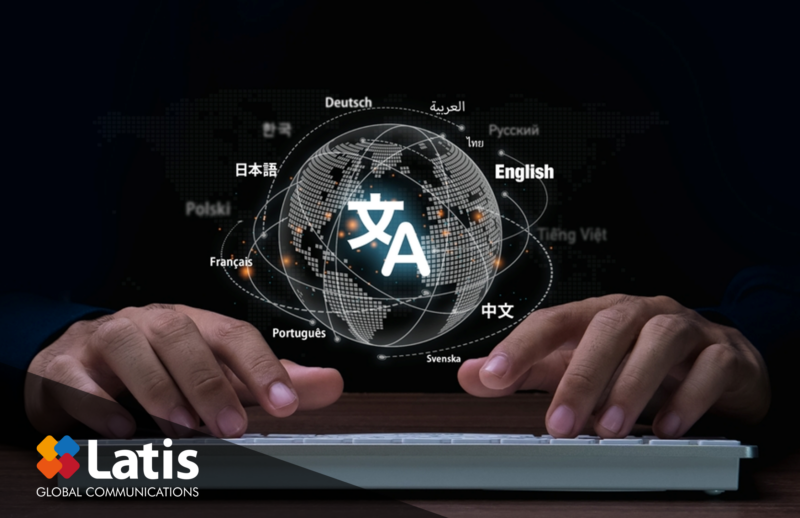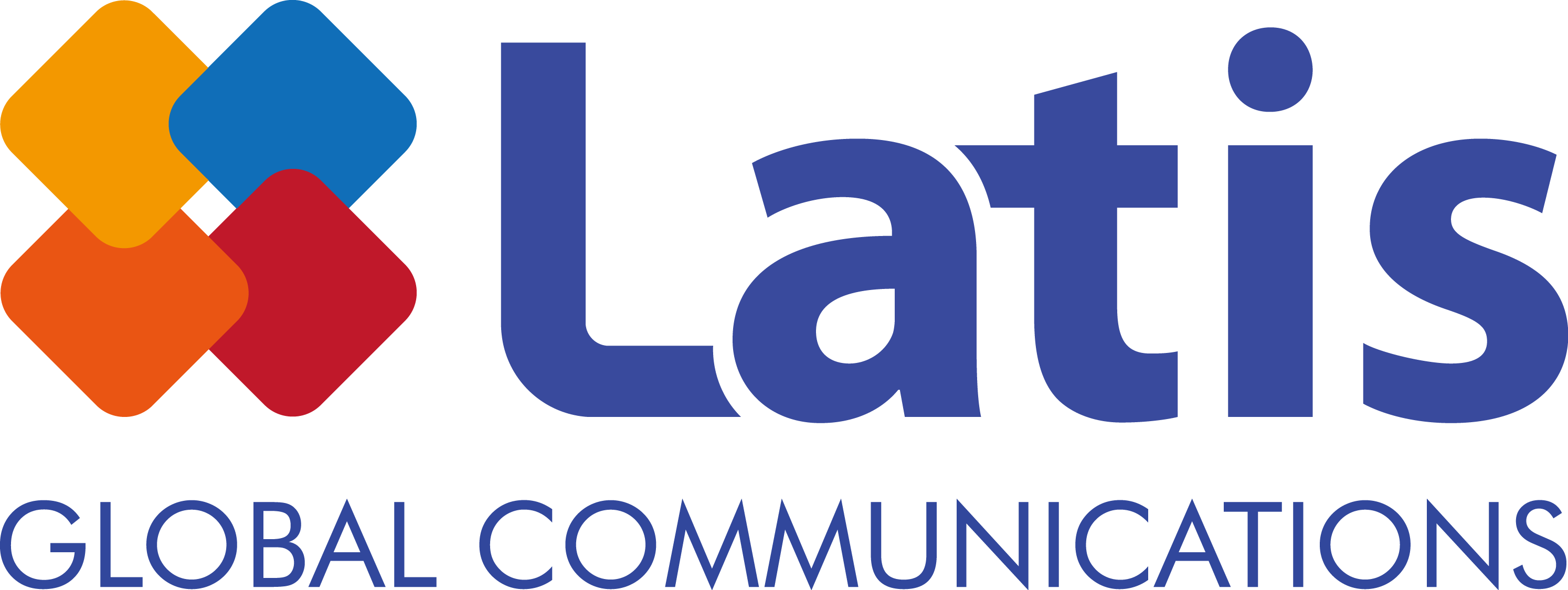
Localization is the process ofadapting your content tomeet the needs and preferences of individuals in different cultures and countries. In the gaming industry, localization is key to opening up different international markets and making your game more accessible to a wider audience.
Previously , game localization was usually handled by the company that made the game, a localization agency, or a local distributor . With thehelp of artificial intelligence (AI), localization isnoweasier and more straightforward than ever before ,and today we’re going to take a look at how AI is changing game localization.
1. Traditional game localization methods before AI

The traditional and typical game localization process involves of translators and editors(reviewers, checkers, etc.). This method includes translating text from the source language to the target language, correcting translations to account for cultural differences, and manually checking and correcting text embedded in images or graphics in your game. The people involved in localizationneeded to understand the context of the text as well as the game’s world , so they could capture cultural nuancesand translatethings like jokes andslang into the target language.
Generally speaking, localization in the eyes of the expertsmeans going from initialtranslation, to expertreview, to finalproofreading by a nativespeaker. Traditional localization is time-consuming, quite expensive, and involves multiple people , so maintaining consistencyandminimizing human error iskey.
2. How to localize your game with AI

AI-powered game localization uses machine learning (LM)and natural language processing (NLP) to increase the speed and efficiency of translation. AI translation systems have the ability to learn from large amounts of data to generate translations for specific game genres or styles. These systems can build an automated a Translation Memory (TM) to provide consistent translations, and translate in real time to support development quickly. It isalso possible to recognize various elements in the game and suggest contextualized translations, albeit not completely .
In addition, translation software(computer-assistedtranslation tools, or CATtools) used for game localizationareincreasingly equipped with AI translation features, so both professional companies and individual translators can easily use AI translation without having to set up any difficult settings for a fee.
3. Pros and cons of using AI for game localization
Localization with AI continues to evolve, driven by advances in AI technology, and the industry expects it to eventually surpass humans in every way. However, it’s not quite there yet, so let’s take a look at the advantages and disadvantages of game AI localization to help you be selective .

- Speed and efficiency: This is the biggest advantage of AI localization. AI can translate tons of text in a fraction of the time and increase efficiency by automating repetitivetasks.
- Cost reduction: Not only is the fast speed appealing, but it’s also cost-effective. You’ll save a lot of money compared to working with human translators.
- Consistency: Given a translation memory or glossary , AI can ensure that a given term is used.
- Flexibility of scale: AI can handle projects, large or small, with quick processing and the ability to expand the number of languages.

Disadvantages:
- Limitations of contextual understanding: AI may not yet be able to fully understand complex contexts and cultural nuances like humans can. Games, in particular, are where this shortcoming is most pronounced, because unlike video subtitles, books, and general documentation, text is presented in a form that is very difficult to decontextualize.
- Still labor intensive: AI translations may still require human review and correction, which canlead to additional time and cost. AI translates quickly, but the time spent on additional revisions may mean that the time difference will not be much in the end. From a cost perspective, you may save on labor and translation costs for the initial translation, but you may also be paying more for review.
- Lack of creativity: AI may not be able to handle creative expressions, jokes, metaphors, etc. as naturally as a human translator. This goes hand-in-hand withdisadvantage #1 (difficulty with context). This can result in unsatisfactory localization quality.
4. Conclusion

Regardless of the field , it’sclear that AI is atrend that can’t be resisted. And, as mentioned earlier, it will eventually surpass human work in every way. In the real world, AI localization is already producing significantly better quality for IT and general documents. However, in the case of today’s games, the nature of the text means that the AIleaves a lot to be desired in terms of quality.
If your focus is on relatively fast turnaround times and cost reduction, AIgame localization is a good choice. But if you’re prioritizing localization quality, it’s pretty clear that traditional localization is still the better choice. Since AItranslation is free for anyone regardless of the amount ofwork, it may behelpful to run thetext of the game you want to localize through an AI tosee the quality level.
Today, most localization companies offer translation services using AI. AI localization produces very different results depending on the level and style of text, as well as the genre of the game, so it’s important to consult with your localization partner and test samples before choosing the right service.



